Takeaway: the field is coalescing around shared neoantigens × off-the-shelf × adjuvant MRD. Elicio (ELI-002 7P) leads the pack; academic SLP + poly-ICLC programs and Gritstone’s SLATE-KRAS follow. With V941 halted, the landscape is clearer.
Contents
- Why KRAS Vaccines Matter
- Primary Battleground: Adjuvant/MRD
- Key Players by Modality
- Cross-Cutting Comparison
- Audience-Specific Takeaways
- 6–12-Month Catalysts
- FAQ
- Outlook (Editorial View)
- Next Up: Part 2 (AMPLIFY-201)
1. Why KRAS Vaccines Matter
KRAS mutations appear in ~20–25% of solid tumors and dominate in PDAC and CRC. As driver mutations, KRAS variants form shared neoantigens—ideal for scalable vaccines with measurable molecular readouts such as ctDNA.
2. Primary Battleground: Adjuvant/MRD
The most fertile ground is the post-surgery adjuvant window where tumor burden is minimal. Selecting MRD-positive patients via ctDNA/biomarkers and initiating immune priming early is central to durable relapse control.
3. Key Players by Modality
A. Amphiphile Peptide (Lymph-Node Targeting)|Elicio: ELI-002 (2P → 7P)
- Design: Albumin-binding amphiphile chemistry enhances lymph-node delivery and dual CD4/CD8 priming.
- Positioning: Adjuvant MRD is the core use case; off-the-shelf + multi-variant (7P) aims at broad eligibility.
- Progress: Phase 1 readout linked immune threshold to outcomes; randomized PDAC Phase 2 ongoing with favorable interim signals.
B. Shared Neoantigen Fixed Set|Gritstone: SLATE-KRAS
- Concept: Fixed KRAS panels (HLA-aware) for plug-and-play deployment.
- Differentiation: Pairing with TCR cell therapy to deepen clonal control, complementing ICI-centric academic work.
C. Academic SLP + poly-ICLC (± ICI)
- Design: Pooled SLPs (G12D/V/R/C/A; G13D) with poly-ICLC; active ICI combinations.
- Scope: From post-op PDAC/CRC to maintenance in metastatic settings.
D. mRNA Shared KRAS|Moderna × Merck: V941 (mRNA-5671)
- Status: Program halted at Phase 1, shifting focus to peptide/SLP modalities for shared KRAS.
4. Cross-Cutting Comparison
| Dimension | Amphiphile (ELI-002) | SLATE-KRAS | Academic SLP + poly-ICLC | mRNA Shared KRAS |
|---|---|---|---|---|
| Implementability (TAT/Cost) | Excellent (off-the-shelf) | Good (HLA constraints) | Good (site-driven) | N/A (halted) |
| Antigen Breadth | Wide (7P for G12/G13) | Fixed panel | Configurable | Configurable but halted |
| Delivery | Lymph-node optimized | Vector/platform-dependent | SLP + adjuvant | mRNA platform |
| Combinations | ICI, timing optimization | TCR + vaccine | Dual-ICI variants | — |
| Primary Setting | Adjuvant MRD (PDAC) | Solid tumors (HLA-gated) | PDAC/CRC (post-op to maintenance) | Early; halted |
Operational take: success hinges on who (HLA/mutations), when (adjuvant MRD), and how measured (immune KPIs + ctDNA).
5. Audience-Specific Takeaways
General / Beginners
- Screen MRD via ctDNA after surgery, then vaccinate to delay relapse.
- No prominent new safety signals; practical schedules are feasible.
Researchers / Biotech / Clinicians
- Prospective validation of the immune threshold → outcome link.
- Quality of antigen spreading and memory CD8 durability.
- Eligibility engineering (HLA/mutation) and scalable supply.
6. 6–12-Month Catalysts
- ELI-002 7P randomized PDAC Phase 2: enrollment/interim/final DFS; alignment of immune KPIs and ctDNA negativity.
- Academic SLP + ICI: safety, immune-outcome correlation, ctDNA dynamics.
- SLATE-KRAS × TCR: depth and durability of early readouts.
7. FAQ
Who benefits most?
Patients with KRAS G12/G13 mutations in the adjuvant MRD-positive setting, especially when robust immune thresholds are achieved. How is this different from small-molecule targeted drugs?
Targeted drugs suppress specific clones; vaccines aim for immune “area control” across clones for durable relapse prevention. Are combinations necessary?
MRD monotherapy is rational, but ICI and TCR combinations with optimized sequencing/dosing are next-wave differentiators.
8. Outlook (Editorial View)
Establishing a composite surrogate—(i) immune KPI × (ii) ctDNA negativity × (iii) breadth of spreading—should accelerate both approval pathways and real-world adoption. Embedding “genomics → ctDNA → vaccine → monitoring” into post-op care and aligning eligibility with supply will likely determine first-mover advantage.
9. Next Up: Part 2 (AMPLIFY-201)
We’ll deep-dive into ELI-002 (2P) Phase 1 final data—how the ~9.17× immune threshold ties to RFS/OS and ctDNA—with visuals and role-specific takeaways.
(This article was edited by the Morningglorysciences team.)
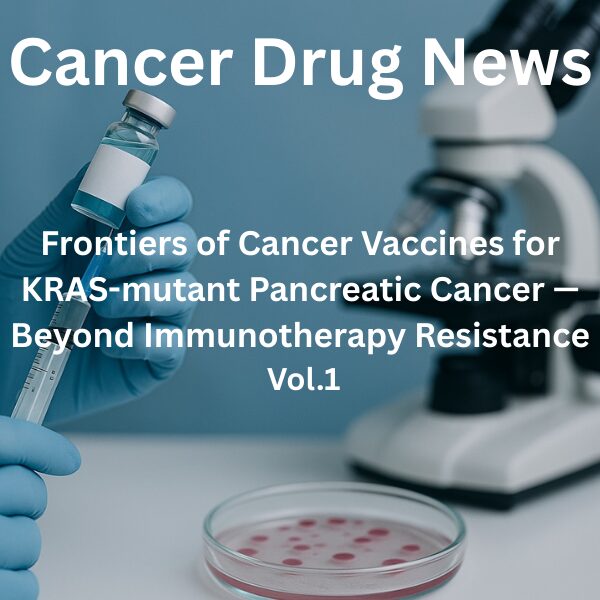
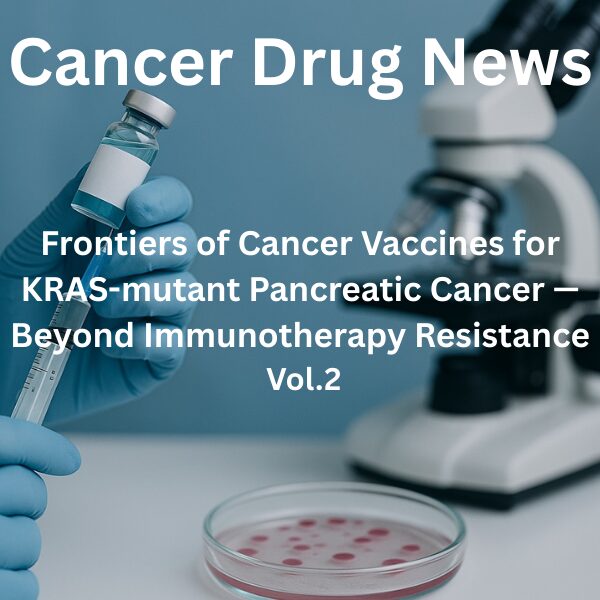
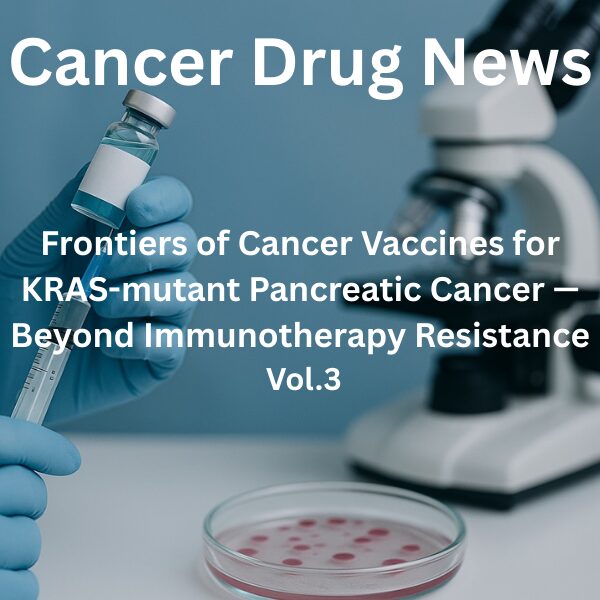
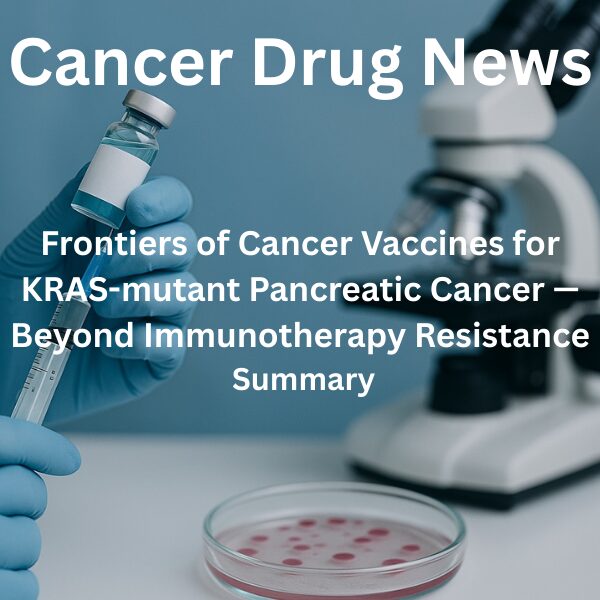
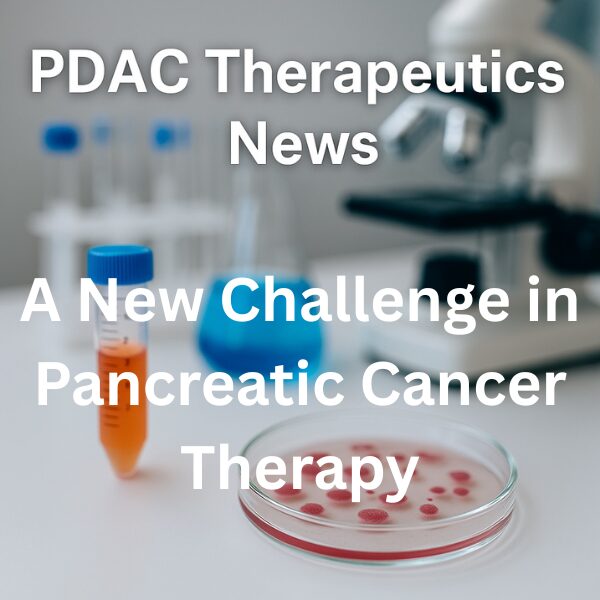

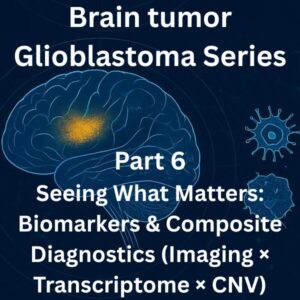
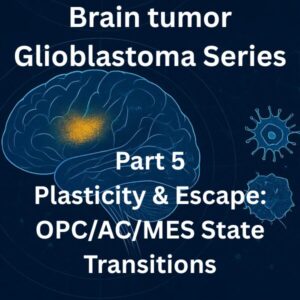
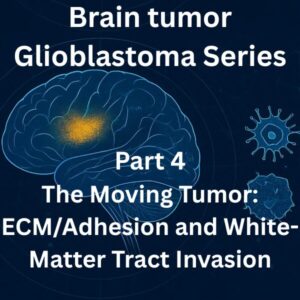
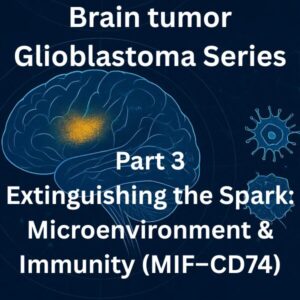
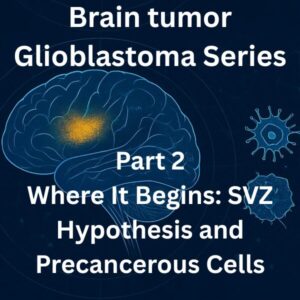
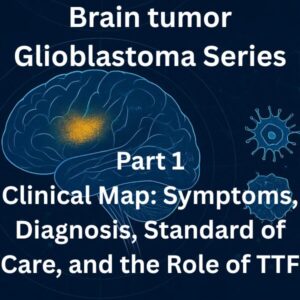
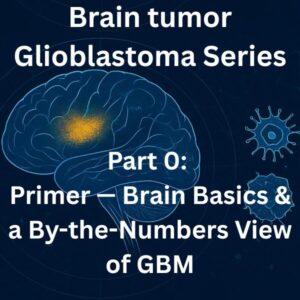
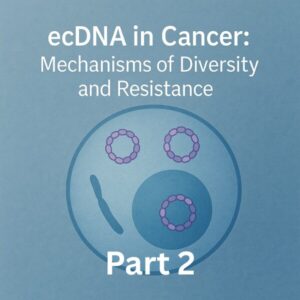
Comments